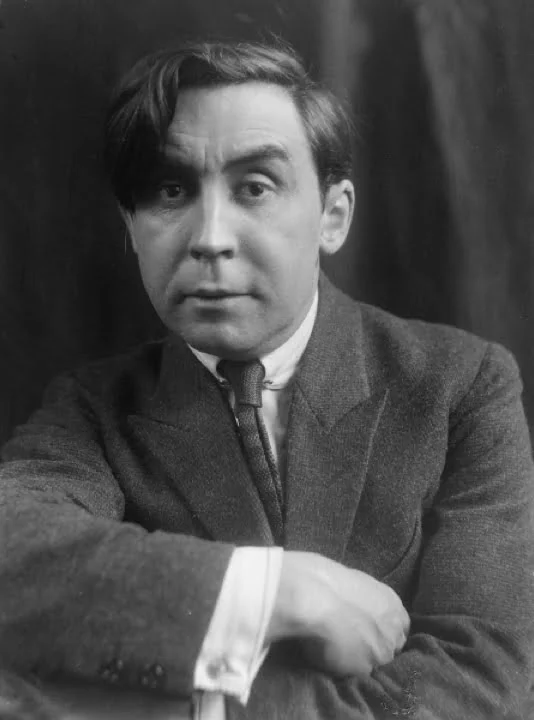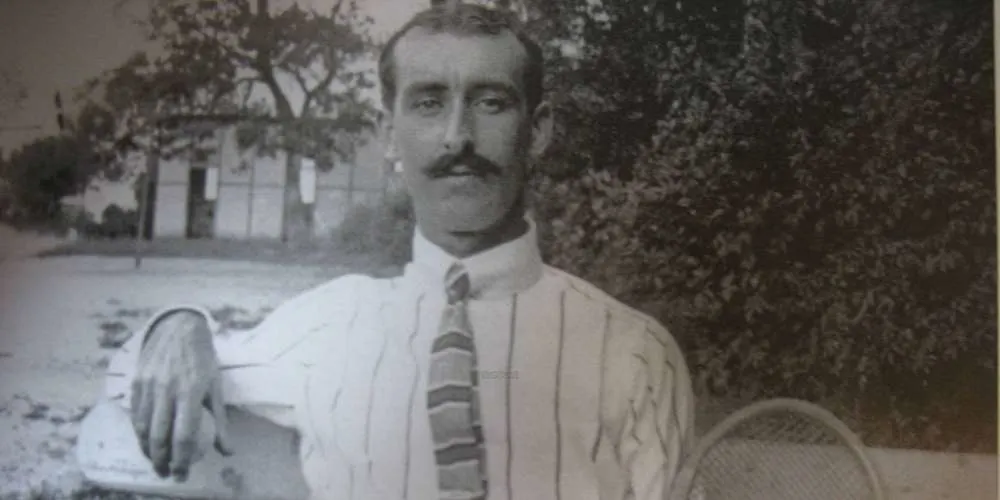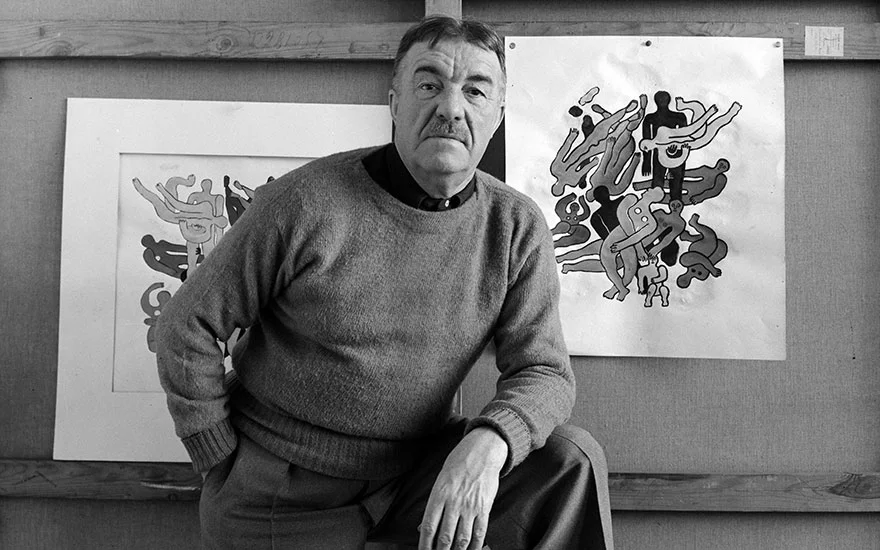Cubism is one of the most influential art movements of the 20th century. It refers to a number of works created in and around Paris, more specifically Montmartre and Montparnasse, starting around 1910 and lasting all throughout the 1920s. It encompassed painting, sculpture, music, literature, and architecture!
The movement started when artists were inspired by the late works of Post-Impressionist artist Paul Cézanne which used a representation of the three-dimensional form. between 1904 and 1907, various exhibitions were held displaying Cézanne’s final works which inspired many of his colleagues.
The art movement is defined by depicting the subject matter from different viewpoints as opposed to the traditional single viewpoint. This creates an abstract ensemble that allows the viewer to interpret the matter in an extended context, coming together in a so-called multiple perspective work of art.
So who were the most famous cubist artists? Let’s take a closer look!
1. Pablo Picasso
Pablo Picasso (1881-1973) is arguably one of the most famous artists in history. He single-handedly revolutionized the world of art in the early 20th century and created some of the most groundbreaking works of art when he founded the Cubist art movement. He was also a prolific sculptor, printmaker, ceramicist, and theater designer.
The Spanish artist spent most of his life in France and created a painting that is considered to be the ultimate proto-Cubist work in 1907. This work is called “Les Demoiselles d’Avignon” and is one of the most valuable paintings on public display in the world, located in the Museum of Modern Art in New York City. It’s one of the most influential works of art in history which was a clear departure from traditional European painting and which paved the way for modern art to evolve.

2. Robert Delaunay
Robert Delaunay (1885-1941) was a French artist who created his very own form of Cubism referred to as “Orphism,” or “Orphic Cubism.” He did so together with his wife Sonia Terk at the end of the first decade of the 20th century and created his most remarkable at the beginning of the next.
Their style was characterized by strong colors and fascinating geometric shapes which come together to create paintings that can be viewed from different perspectives. Later on in his career, he switched to a more abstract style and continued experimenting with various other styles as well, including Surrealism and Dadaism.

3. Albert Gleizes
Albert Gleizes (1881-1953) was another French artist who was also a philosopher and art theoretician. He is the self-proclaimed founder of Cubism, mainly because he was one of the first to write about the subject in his work called “Du Cubisme” which was published in 1912.

Later on, he spent 4 years in the United States and was one of the leading figures in making the country aware of modern art. In Europe, his writings were mostly appreciated in Germany where his ideas were discussed at the famous Bauhaus art school where some of the most influential Expressionist artists such as Paul Klee and Wassily Kandinsky taught.

4. Jean Metzinger
Jean Metzinger (1883-1956) was a colleague of Albert Gleizes as he worked together with him on writing the book “Du Cubisme,” so he can essentially be called the founder of Cubism as well. This French artist was a painter, theorist, writer, critic, and poet, who developed the proto-Cubist style.
This initial style, which took form between 1904 and 1907, was derived from both the works of Cézanne as well as the Fauvism artists and the Divisionist style. He perfected the style in the year 1908 and hereby laid the foundation for both the writings about Cubism as well as being a major influence for other artists who incorporated the style themselves. This makes him one of the most famous Cubist artists in history!

5. Henri Le Fauconnier
Henri Le Fauconnier (1881-1946) was another French Cubist artist who is considered to be one of the leading Montparnasse Cubists. His works were among the first to be exhibited in 1911 and they sent shockwaves through the art community because of the new revolutionary art movement which had emerged.
He developed his own distinctive form of Cubism when he moved to Paris in the early 20th century. When he moved to the Netherlands for about 6 years during World War I, he earned a lot of respect with his works which were a mix of both the Cubist and Expressionist style.

6. Fernand Léger
Fernand Léger (1881-1955) was a French painter, sculptor, and filmmaker, who managed to develop his very own style of Cubism which is referred to as “Tubism.” This style was defined by the distinct cylindrical forms which define the shapes of the subject matter.
Because this style was considered to be too revolutionary at the time he sharpened his technique to make it appeal to a wider public. He eventually developed a style with simplified forms of recognizable subject matter. Because of this, he’s considered one of the most famous Cubist artists and a very influential artist of the 20th century as his style developed into modern pop art.

